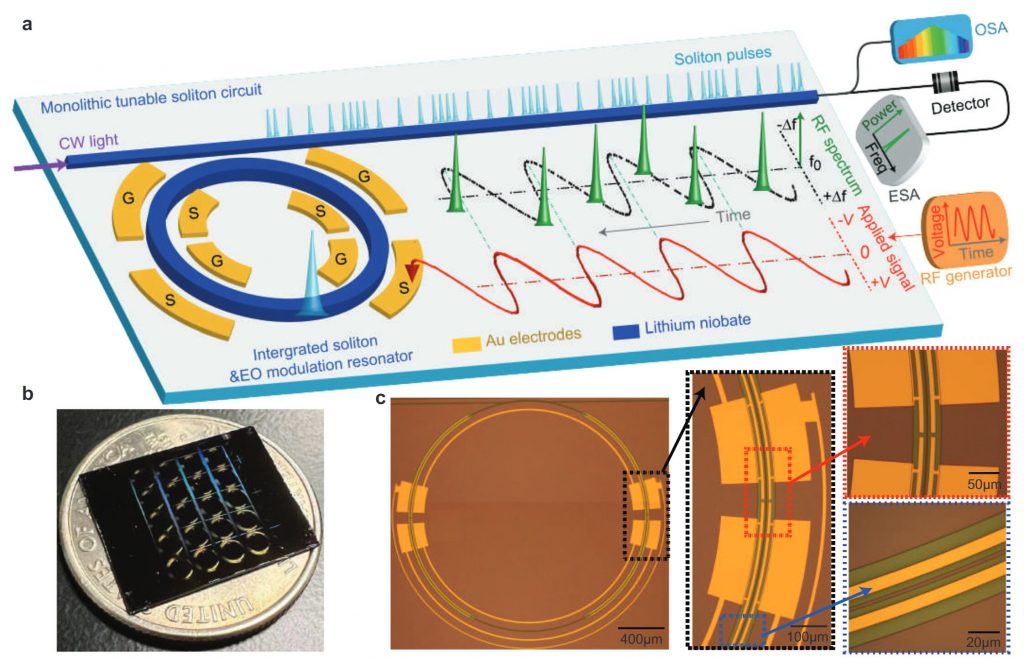In the realm of precision measurement and scientific discovery, the accuracy of timekeeping has always been paramount. From tracking the movements of celestial bodies to unraveling the mysteries of quantum mechanics, the ability to measure light waves with unparalleled precision has revolutionized countless fields of study. At the forefront of this technological revolution lies the development of frequency combs—chip-based devices that serve as the ultimate rulers for light waves. Now, researchers at the National Institute of Standards and Technology NIST and their collaborators have unveiled a groundbreaking advancement in frequency comb technology that promises to further enhance the accuracy of timekeeping and unlock new frontiers in scientific exploration.
The journey towards this transformative breakthrough began with the recognition of a fundamental challenge in existing frequency comb systems: their limited range of operation. Traditionally, frequency combs relied on a single laser source to generate a series of uniformly spaced frequency spikes, or “teeth,” which serve as the tick marks on the ruler for light waves. However, this approach restricted the frequency range of the combs to the wavelength of the pump laser, thus limiting their utility in certain applications.
In response to this challenge, the team of researchers at NIST, led by Professor Willie Padilla, embarked on a quest to develop a new type of frequency comb that could overcome this limitation and push the boundaries of precision measurement. Their solution involved harnessing the complex interaction between two pump lasers, each emitting light at a different frequency, to create a novel form of frequency comb known as a parametrically-driven microcomb.
Unlike conventional frequency combs, which are limited by the frequency of the pump laser, the parametrically-driven microcomb offers an extended range of operation that is no longer constrained by the characteristics of the pump lasers. This breakthrough opens up new possibilities for scientific exploration, allowing researchers to probe previously inaccessible frequency ranges and study phenomena at the atomic and molecular levels with unprecedented precision.
One of the key advantages of the new comb system lies in its ability to produce teeth that are uniformly narrow across the entire comb spectrum. This enhancement in spectral resolution promises to revolutionize fields such as spectroscopy and chemical analysis, where precise measurement of frequency is critical for identifying and characterizing molecular compounds.
Furthermore, the parametrically-driven microcomb holds the potential to serve as a powerful tool for quantum computing and cryptography. By harnessing the quantum properties of the interaction between the two pump lasers, the comb can generate solitons with random characteristics, paving the way for the development of ultra-secure cryptographic codes and advanced computational algorithms.
As researchers continue to explore the implications of this groundbreaking technology, the future of frequency comb technology appears brighter than ever. From enabling breakthroughs in fundamental science to driving innovation in a wide range of practical applications, the parametrically-driven microcomb stands poised to revolutionize the way we measure and understand the world around us.
The development of the parametrically-driven microcomb represents a significant milestone in the field of precision measurement and scientific instrumentation. By pushing the limits of frequency comb technology, researchers at NIST have unlocked a new era of precision timekeeping and scientific discovery, paving the way for a future filled with unprecedented advancements and breakthroughs.
